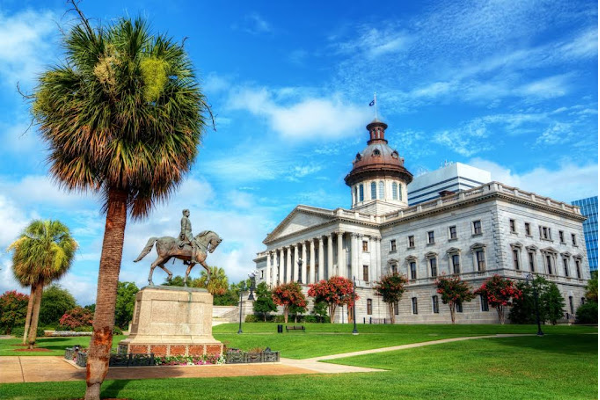Building Civic Pride: How Architecture Shapes South Carolina’s Public Spaces
Public buildings—courthouses, libraries, and city halls—are the cornerstones of civic pride in South Carolina’s towns and cities. These structures serve functional purposes and embody the ideals of democracy, community engagement, and local identity.
Take, for instance, the South Carolina State House in Columbia. Designed in the mid-19th century and completed in stages, this grand neoclassical building reflects the state’s history and evolving identity. Its prominent dome and stately columns symbolize governance and civic responsibility. Similarly, local courthouses and city halls often incorporate classical architectural styles, which evoke a sense of permanence and authority.
Libraries, too, have become centers of civic life, offering more than just books. Today’s libraries are often designed as multi-functional spaces that provide educational resources, community meeting spaces, and technological access. Their architecture reflects this mission, with open, inviting layouts encouraging community interaction.
Through careful design and preservation, public architecture in South Carolina continues to foster a sense of belonging and civic engagement, reminding us of the power of architecture in shaping not just spaces but also the communities that inhabit them.
For more on this topic, see: South Carolina State House


